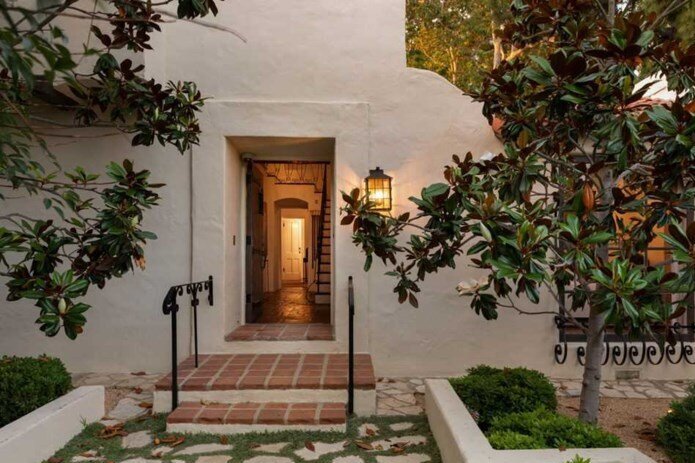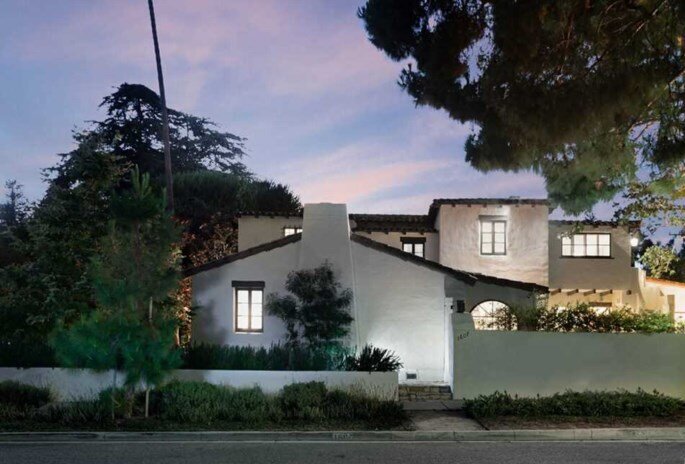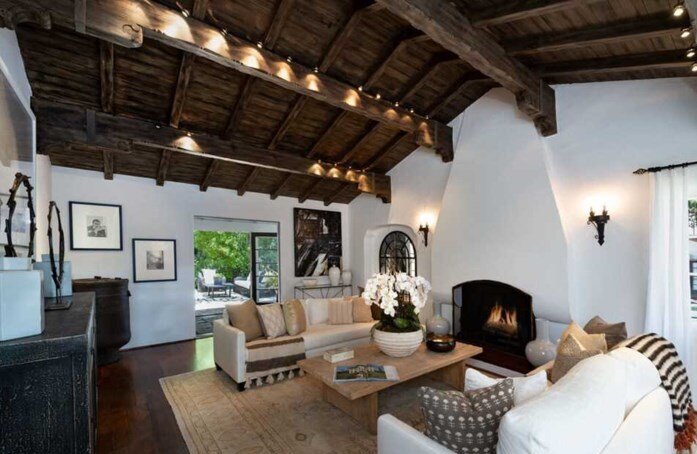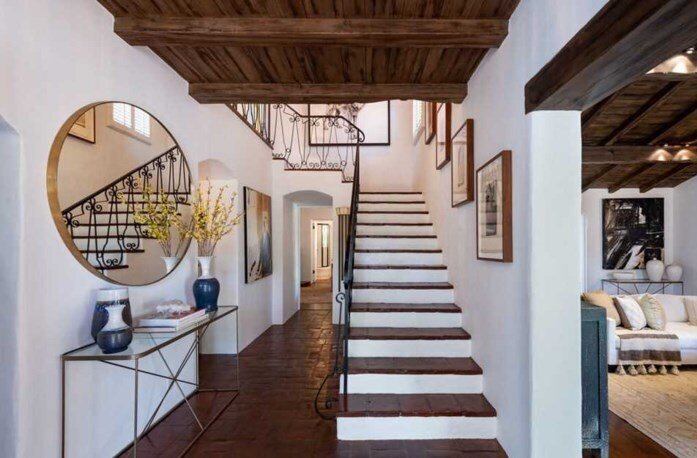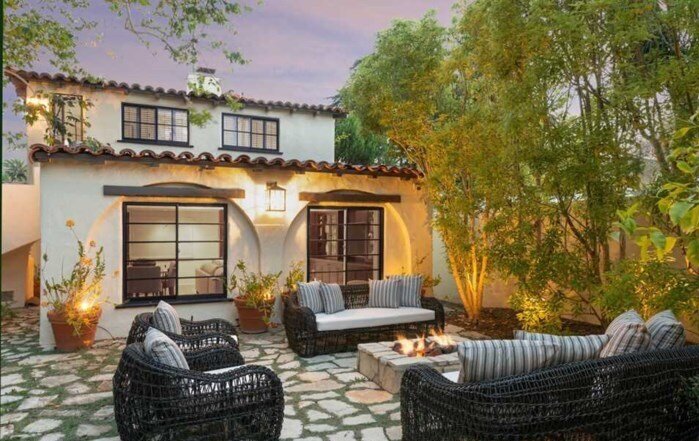Spanish Style Architecture
Our individual taste and style makes us unique and we carry that into all aspects of our life. The home we choose and architectural style we pick is a reflection of who we are. I am starting a series of essays diving a little deeper into each architectural style and what makes it unique hoping that this will help my clients pick their favorite style home and once they purchase, to design it.
Spanish style architecture can be found in Brazil, United States, Mexico and the Philippines. The Spanish architecture initially began with royal ordinances from Spanish monarchs and its revival took place in Southern California after the Panama-California Exposition in 1915. The architecture only became accessible to the middle-class, particularly in Southern California, in the 1920s. Spanish colonial Revival architecture includes the sub-genres, Pueblo Revival and Santa Fe. There are plenty of well-preserved originals around, and new homes of the genre are routinely built across Los Angeles County.
Some of the features that make Spanish style architecture unique are:
Interior
Painted tiles
Wood ceiling beams
Alcoves and niches
Arches (doorways, windows)
Wrought or scrolled iron accents
Stenciled ceilings
Dark wood or tile floors
Plastered walls
Exterior
White stucco
Terracotta tiles
Curves and arches
Balconies
Heavy, carved wood doors
Patios and courtyards
Furnishings
Cut steel accents
Wrought iron
Rich fabrics
Goya chairs and tables
Retro or Cooper appliances
Velvet and leather upholstery trimmed in nail heads
